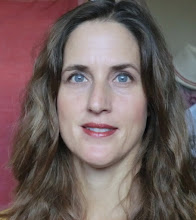Watercolour on Moulin du Roy
I have recently been sent a few samples from canson in response to an article I wrote for Leisure Painter. They read that I had used a canson pastel board and wanted me to try other papers in their range. I was thrilled to be given the opportunity to try something new and I wasn't disappointed. I am yet to try the other surfaces (hot pressed and rough) and the Mi-Teintes toothy paper. The 300gsm cold pressed paper was perfect for the exercise above. The aim was to identify the main tonal shapes that make up the whole, especially when tackling complex scenes. It does have a simplified, abstracted finish but it was a useful lesson in observation. The paper had just the right levels of absorption for my style & approach; it was whiter than most good quality papers & the colour seemed to flow beautifully. I will definitely invest in this paper when I place the next art materials order!





